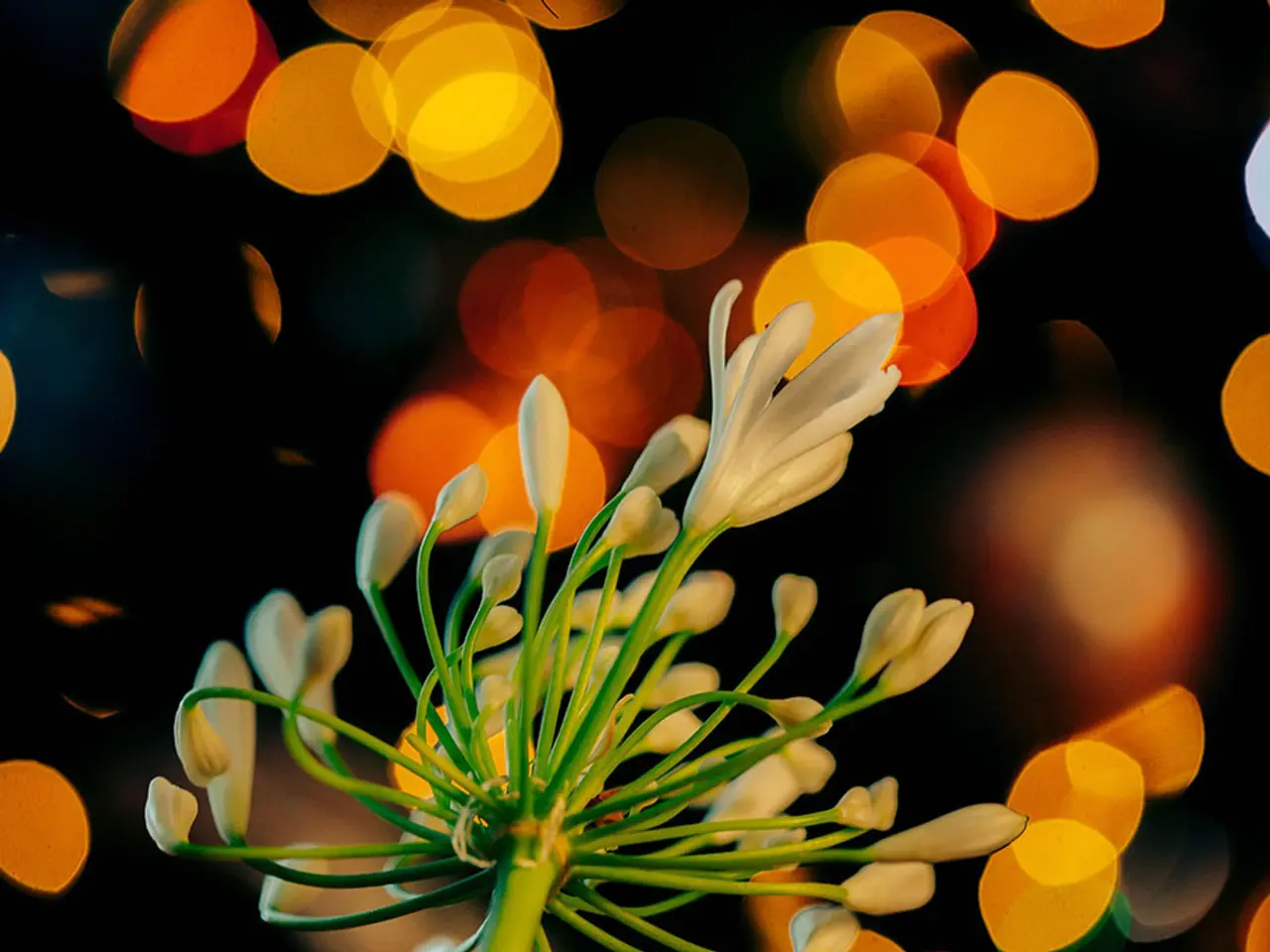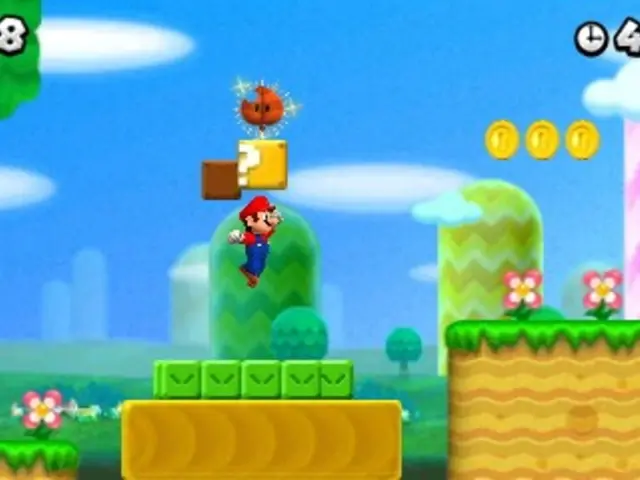Night-time pollinators in North America have a new selection of native plants to visit: these blooms, active when the sun sets, attract moths, bats, and beetles.
Creating a Moon Garden: Attracting Night-Time Pollinators with Fragrant Flowers
A moon garden is an enchanting outdoor space designed to bloom and attract night-time pollinators such as moths, bats, and other nocturnal creatures. These gardens, primarily featuring night-blooming, fragrant, pale or white flowers, create a visually luminous and fragrant environment perfect for enjoying after dark.
One of the key plants recommended for a moon garden is the Moonflower (Ipomoea alba). This fast-growing vine boasts large, white trumpet-shaped flowers that bloom at night from early summer to fall and emit a strong jasmine-like fragrance. While it thrives in warmer zones, it is often grown as an annual in cooler climates.
Evening Primrose (Oenothera species) is another excellent choice. Native to many regions, these plants have yellow, pink, or white night-blooming flowers that are fragrant and attract sphinx moths and other nocturnal pollinators. They are usually drought-tolerant and deer-resistant.
The Soapweed Yucca (Yucca glauca) is a plant with a specialized pollinator relationship with yucca moths, which are effective nighttime pollinators. Yuccas often have white blossoms and can grow beyond their original ranges.
Additional suggestions for a moon garden include white or pale flowers and silver-leaved plants like Shasta daisies and lamb's ear. These plants reflect moonlight and enhance night visibility and appeal.
Nicotiana, also known as tobacco plants, are another excellent addition to a moon garden. These plants thrive in full sun and can potentially bloom from early summer right through to the first frosts. Their fragrant flowers attract moths, making them an ideal choice for a moon garden.
Phlox paniculata, native to eastern and central North America, is another plant that attracts moths with its large, fragrant flowers. It blooms in summer and extending blooming into fall can be achieved by regularly deadheading phlox. A great variety of Phlox paniculata is Phlox 'David', which is suitable for zones 4-8, reaches four feet tall, and is covered in large white flowers. Phlox paniculata can reach 2-4 feet and comes in various colours, including white, red, pink, and purple.
It's worth noting that there are several types of flowering tobacco native to North America, including coyote tobacco (Nicotiana attenuata) and desert tobacco (Nicotiana obtusifolia).
By incorporating these plants into your garden, you can create a tranquil and visually stunning space that not only supports night-time pollinators but also provides a cool and fragrant retreat perfect for enjoying after dark.
[1] Moonflower: https://www.gardeningknowhow.com/plant-care/annuals/moonflower/growing-moonflowers.htm [2] Evening Primrose: https://www.gardeningknowhow.com/garden-how-to/annuals/evening-primrose-care.htm [3] Soapweed Yucca: https://www.gardeningknowhow.com/plant-care/cacti-succulents/yucca-plant-care.htm [4] Shasta Daisies and Lamb's Ear: https://www.gardeningknowhow.com/garden-how-to/plants/shasta-daisies.htm
Incorporating Shasta daisies and lamb's ear, along with other white or pale flowers, will enhance the silvery reflectance under moonlight, contributing to the increased night visibility of a moon garden. A variety of Phlox paniculata, such as Phlox 'David', can be added to attract moths with its large, fragrant white flowers, enhancing the garden's fashion-and-beauty appeal while providing a suitable home-and-garden environment for night-time pollinators.








